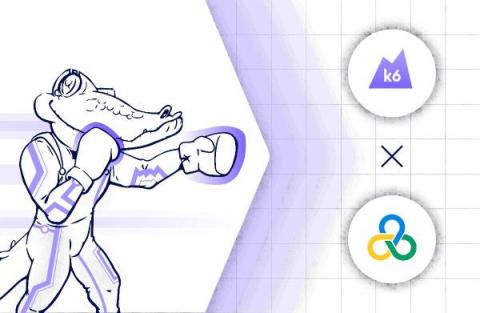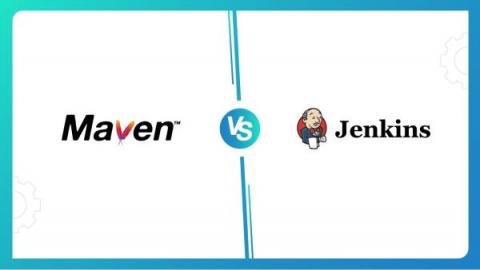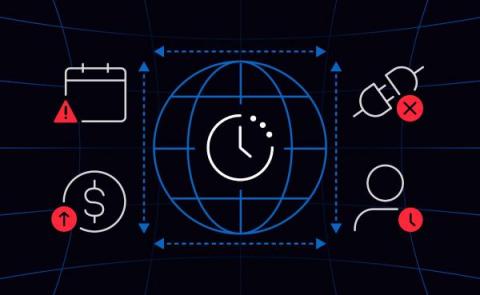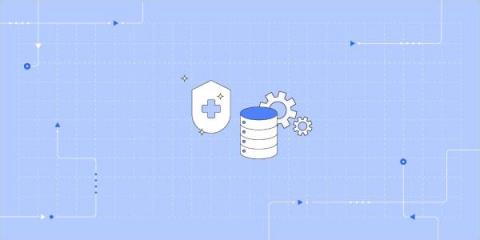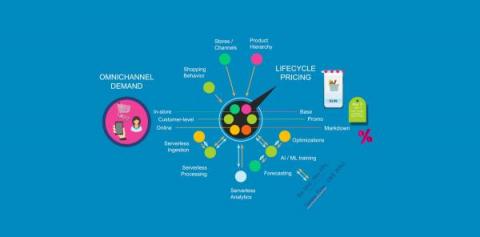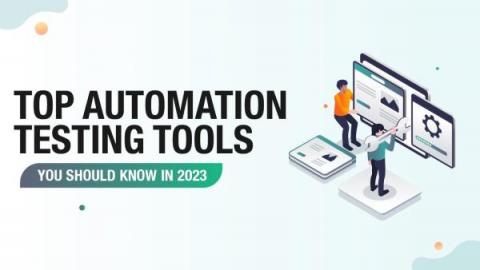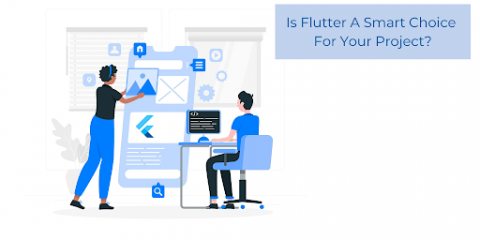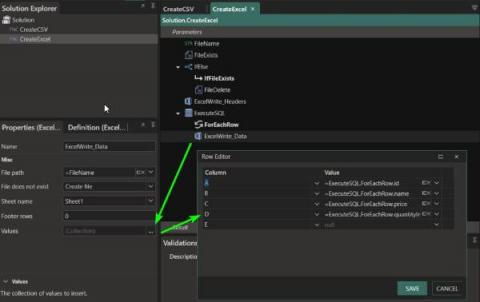Systems | Development | Analytics | API | Testing
Latest Posts
Comparing LoadRunner VS k6
At k6, we get frequent requests to compare k6 vs. LoadRunner, and since I am an experienced user with LoadRunner (even certified), I will try to put both tools head to head. But comparing these tools is difficult as their components do not match 1:1. Each is a robust ecosystem with different parts, some doing multiple things that make straight comparisons more complicated. And on top of that, we constantly get new features that match up with many other components.
Analyzing Maven and Jenkins: Knowing the Best of the CI Tools
CI/CD stands for Continuous Integration/Continuous Delivery. It is an automated process of integrating code from multiple developers, testing it quickly and continuously, and delivering it to customers on demand. It is part of modern software development techniques which keep track of all the changes made by different developers and helps prevent breaking changes from being deployed.
Building realtime infrastructure: Costs and challenges
Realtime digital experiences are in high demand. They keep users engaged, informed, and entertained in a fast-paced digital world, and they allow businesses to better serve their customers, provide more efficient and effective services, and gain the upper hand over competitors. This is the second post in a series that looks at what it takes to build and deliver realtime experiences for end-users.
How to Identify and Troubleshoot Issues in Your Electron App
As developers, it’s easy to get fixated on the mobile sphere. We’re now spending 4-5 hours a day browsing apps on our phone (that’s over 1,800 hours a year), which means a huge volume of demand is channelling into Android and iOS projects. But desktop apps are booming too.
Data hygiene in ETL and reverse ETL
Good data hygiene means data is correct and easily used to draw insight. This definition then begs the question: How do you achieve it?
Built with BigQuery: Solving scale and complexity in retail pricing with BigQuery, Looker, Analytics Hub and more
Building a data-driven pricing platform for speed, scale and automation with BigQuery, Looker and more.
Top Automation Testing Tools You Should Know In 2023
For today’s continuous development streams, automated testing is the optimal solution. You can choose from various automation testing tools and frameworks to create and run successful test cases. Although finding the ideal test automation solution is challenging. In this blog, we’ll examine how to select the right framework for your company and go in-depth on the best automation testing tools available on the market. Table Of Contents.
Should You Use Flutter In Your Next Project?
As an application developer, you come across various app development frameworks, including Flutter. The framework has gained significant popularity for creating very popular apps in a short period. The most popular is of course, Google Add, the app developed by Google using Flutter. But does this prove that the framework is best for your next project?
Automate data transfers across systems or applications
A typical IT task is moving data around and making it available for consumption. Many different approaches can be used to facilitate the movement of data. This post will take a deeper look into different data transfer options and how you can automate them.



